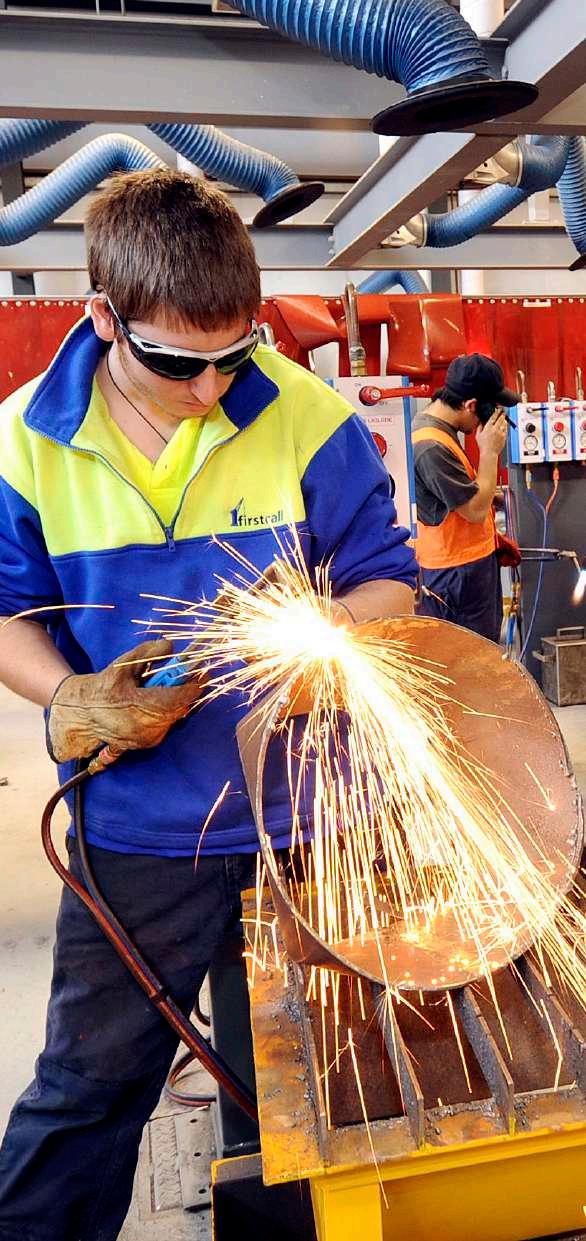
1 minute read
need job ready school leavers”
Leysa O’Brien - Mitchelton Wines7
For the purposes of this report, Nagambie businesses are categorised 46% small businesses (less than 5 employees) and 41% are large businesses (more than 16 employees). Only 13% of businesses in the survey were medium sized (5-15 employees). The smaller businesses generally represent less opportunity for young people unless they are in family businesses and training is limited to on the job.
Advertisement
4.1: Industries represented by Go Nagambie
Employment Profile
Age profile
Nagambie’s employee profile reflects the ageing population in Australia. Of the nearly 1,340 staff employed in 44 businesses only 13% of employees (171) were young people (aged 15-25 years old) (Figure 4.2). Teenagers are a very small group (4% or 53 young people) and are mainly employed in equine, multi-industry, health services and hospitality. One third of employees are over 50 years old (431 staff) and are likely to be retiring over the next 10 years. The pipeline of employees is not available to replace retiring staff. Businesses will have to build skills within their business, recruit young people or undertake recruit from outside the Nagambie region.
4.2: Age Profile of Business
Occupation Profile
Nagambie’s occupation profile is dominated by managers followed by administrative staff, sales and labourers (see Figure 4.3). Compared with Victorian occupation profile, Nagambie has a significantly higher proportion of managers in local businesses (20.4%) compared to the Victorian occupation profile (13.5%); significantly higher proportions of labourers and administration staff and half the proportion of professional staff (11%) than Victoria (23.3%), community and personal service workers and lower proportion of technicians and trades and sales staff.x
4.3: Occupations in Nagambie
Technical and Trades
Sales
Professional Manager
Machinery Operator and drivers
Labourer
Community and Personal Services
Administration
Numbers
Across the occupations employment is usually full-time particularly for managers, professionals and machinery operators and drivers (see Figure 4.4). Part-time work can be found mainly in technical and trades, professional and administration. Casual work is in sales, community and personal services and labourer maybe the only options for young people coming out of school to get jobs. However, the limited career pathways locally could be enticing young people to move elsewhere.
4.4: Occupation by employment status
Technical and Trades
Sales
Professional Manager
Machinery Operator and drivers
Labourer
Community and Personal Services Administration




